
In the realm of architecture, the objective is to fashion spaces that serve as both sources of inspiration and functional havens for their inhabitants. The challenge of noise pollution within office environments presents an opportunity for architects to tackle through meticulous design and strategic approaches. Within the pages of this article, we will delve into the adverse impacts of noise pollution in the office setting, and explore the pivotal role architects can play in creating tranquil workspaces that foster productivity and overall well-being.
Table of Contents
- Introduction
- Understanding the Impact of Noise Pollution
- Basic understanding to reduce noise
- Intelligent Space Planning
- Embracing Spatial Dividers
- Incorporating acoustic materials into partitions
- Integrating acoustic panels within the office
- Use of soft flooring
- Implementing acoustical sound-absorbing materials in the ceiling
- Door detailing
- Dedicated Collaborative Zones
- Introduction of indoor planters
- Conclusion
- FAQs
Introduction
Embedded within the realm of design is the ability to craft spaces that ignite creativity while seamlessly accommodating everyday tasks. Let’s embark on a journey to unravel the complexities posed by office noise pollution and unveil the distinctive role it plays in crafting tranquil workspaces.

Understanding the Impact of Noise Pollution
Noise pollution isn’t just an auditory annoyance; it has profound effects on employees’ mental well-being and productivity. It disrupts concentration, hampers communication, and contributes to stress levels.
Basic understanding to reduce noise
Reducing sound decibels and incorporating sound insulation materials into office spaces is an essential strategy to create a quieter and more productive environment. By actively lowering sound levels, employees can concentrate better and communicate effectively, fostering enhanced overall well-being. The introduction of sound insulation materials, such as acoustic panels and baffles, can effectively absorb and dampen noise, preventing its propagation. This not only curtails distractions but also contributes to privacy, enabling focused work and confidential discussions. Through these measures, the office transforms into a harmonious space where noise pollution is minimized, promoting a conducive atmosphere for concentration and collaboration
Here are 9 approaches that can transform an office into a tranquil haven of productivity.
1. Intelligent Space Planning
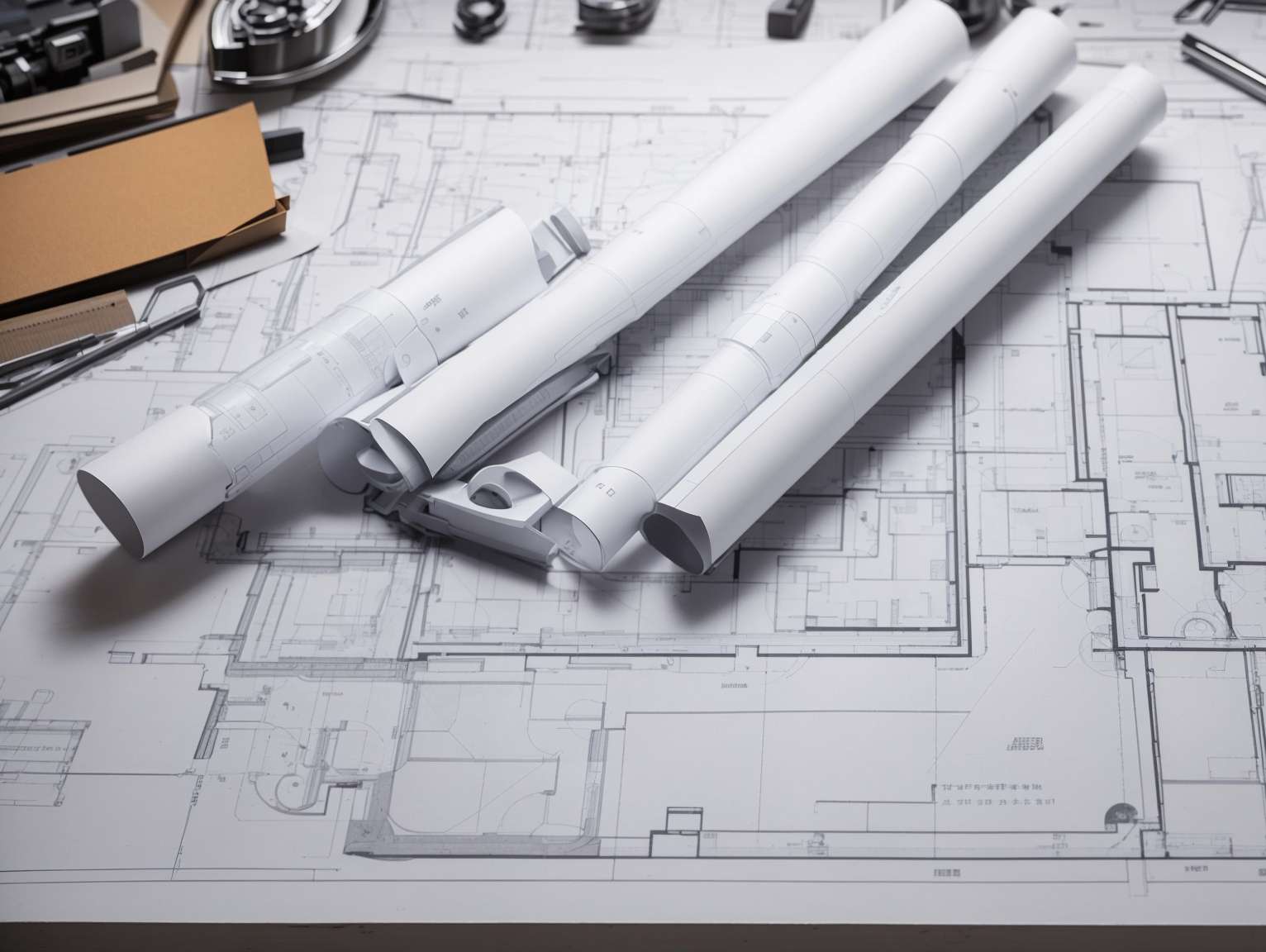
Strategic positioning of workstations and communal areas plays a pivotal role in curtailing the travel of sound waves. By intelligently arranging these spaces, architects can minimize the distance that sound travels, effectively reducing its reach and impact. The creation of distinct zones for various activities further enhances this approach. By designating specific areas for noisy interactions and others for focused tasks, the office environment is structured to naturally segregate between lively and serene spaces. This thoughtful arrangement not only enhances acoustic privacy but also fosters a harmonious atmosphere where employees can engage in their tasks without undue disturbances, ultimately enhancing productivity
2. Embracing Spatial Dividers
The integration of movable dividers or screens presents a dynamic solution for ensuring both visual and acoustic privacy within office spaces. These adaptable elements provide employees with the flexibility to create personalized work environments that suit their needs. By physically separating workstations or collaborative areas, these dividers effectively prevent sound from traveling freely, fostering an environment where concentration remains undisturbed. This approach not only enhances privacy but also empowers individuals to curate their workspaces to align with their tasks. As a result, the office becomes a place where focused work and collaboration harmoniously coexist

3. Incorporating acoustic materials into partitions
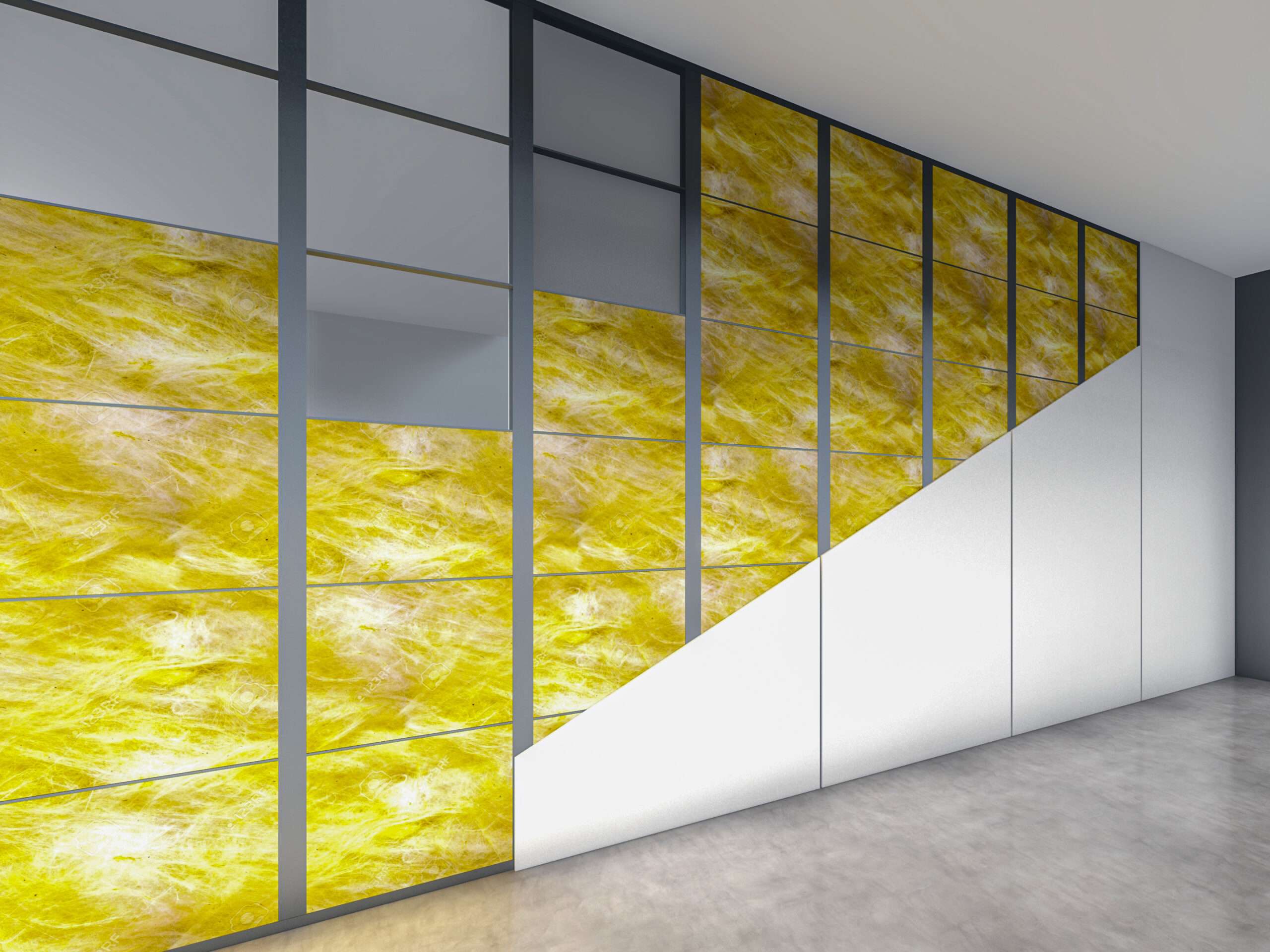
The integration of acoustic materials into partitions introduces a strategic approach to controlling sound dynamics within a space. By infusing partitions with these specialized materials, sound waves are effectively absorbed and dampened, preventing their transmission to neighbouring areas. This results in a quieter and more conducive environment for focused work and collaboration. Acoustic materials within partitions enhance privacy, reduce noise pollution, and create distinct zones tailored to different activities. This thoughtful incorporation showcases a commitment to optimizing the acoustic landscape, fostering a more productive and comfortable atmosphere for employees.
4. Integrating acoustic panels within the office
The seamless incorporation of acoustic panels into the office environment emerges as an innovative strategy to address noise-related hurdles. Positioned thoughtfully on walls, these panels adeptly absorb and scatter sound waves, effectively taming echoes and diminishing ambient noise. The result is an environment conducive to heightened focus and tranquillity. Elevating concentration and communication, these panels positively influence overall employee well-being. Their integration underscores a dedicated approach to refining the acoustic ambiance, amplifying the quality of the workspace, and ultimately enhancing employee contentment and efficiency.
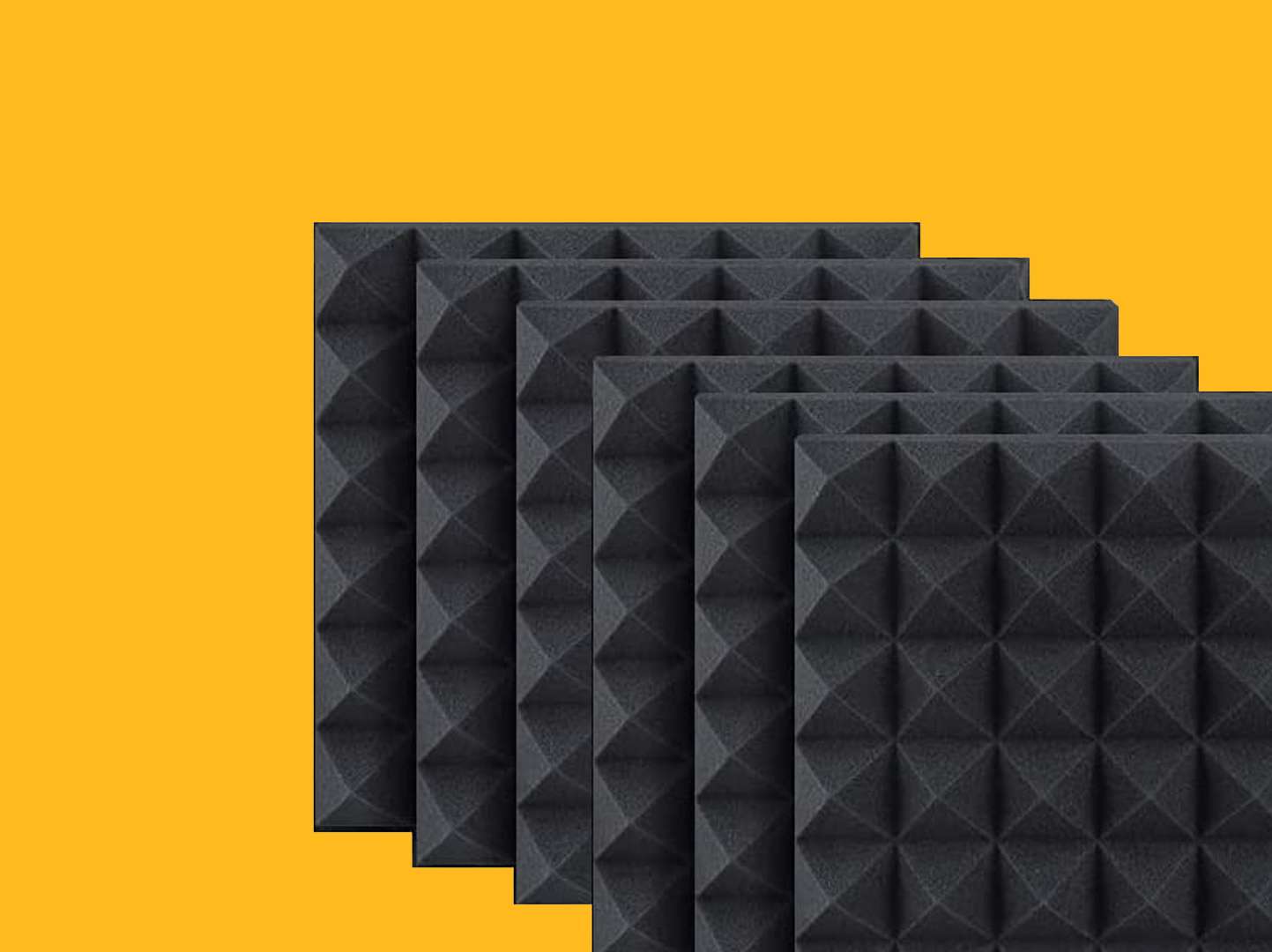
5. Use of soft flooring
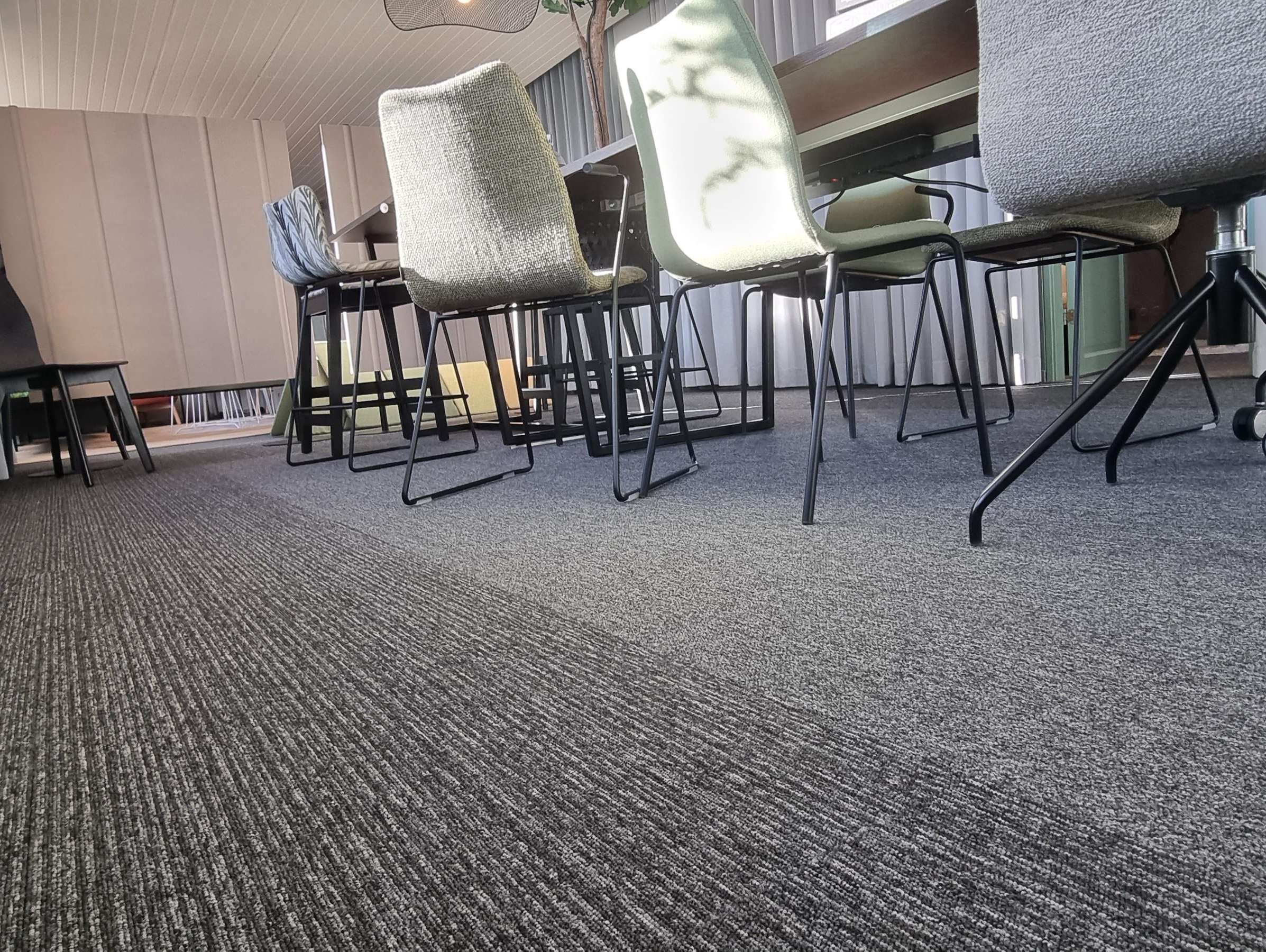
Employing soft flooring options like carpets or wooden floors within workspaces serves as an effective sound mitigation strategy. These materials possess inherent sound-absorbing properties, effectively diminishing noise levels and creating a calmer atmosphere. Conversely, opting for hard flooring such as tiles or marble in high-traffic zones like reception areas, cafeterias, and walkways addresses durability concerns. This approach minimizes wear and tear in bustling areas while maintaining a practical aesthetic. The strategic utilization of flooring materials aligns with the goal of optimizing acoustic comfort where it matters most, while also ensuring longevity in spaces subjected to constant activity.
6. Implementing acoustical sound-absorbing materials in the ceiling
Creating an improved acoustic atmosphere requires the deliberate incorporation of sound-absorbing materials into the ceiling framework. By seamlessly integrating these purpose-built materials, the ceiling plays a dynamic role in curtailing the spread of noise. These materials excel in absorbing and attenuating sound waves, effectively subduing echoes and diminishing the general noise volume. Some options, such as mineral fibre ceilings or acoustical baffle ceilings, offer tailored solutions for enhanced acoustics. This meticulous approach not only fosters a more focused and serene environment but also showcases a dedication to optimizing the auditory ambiance
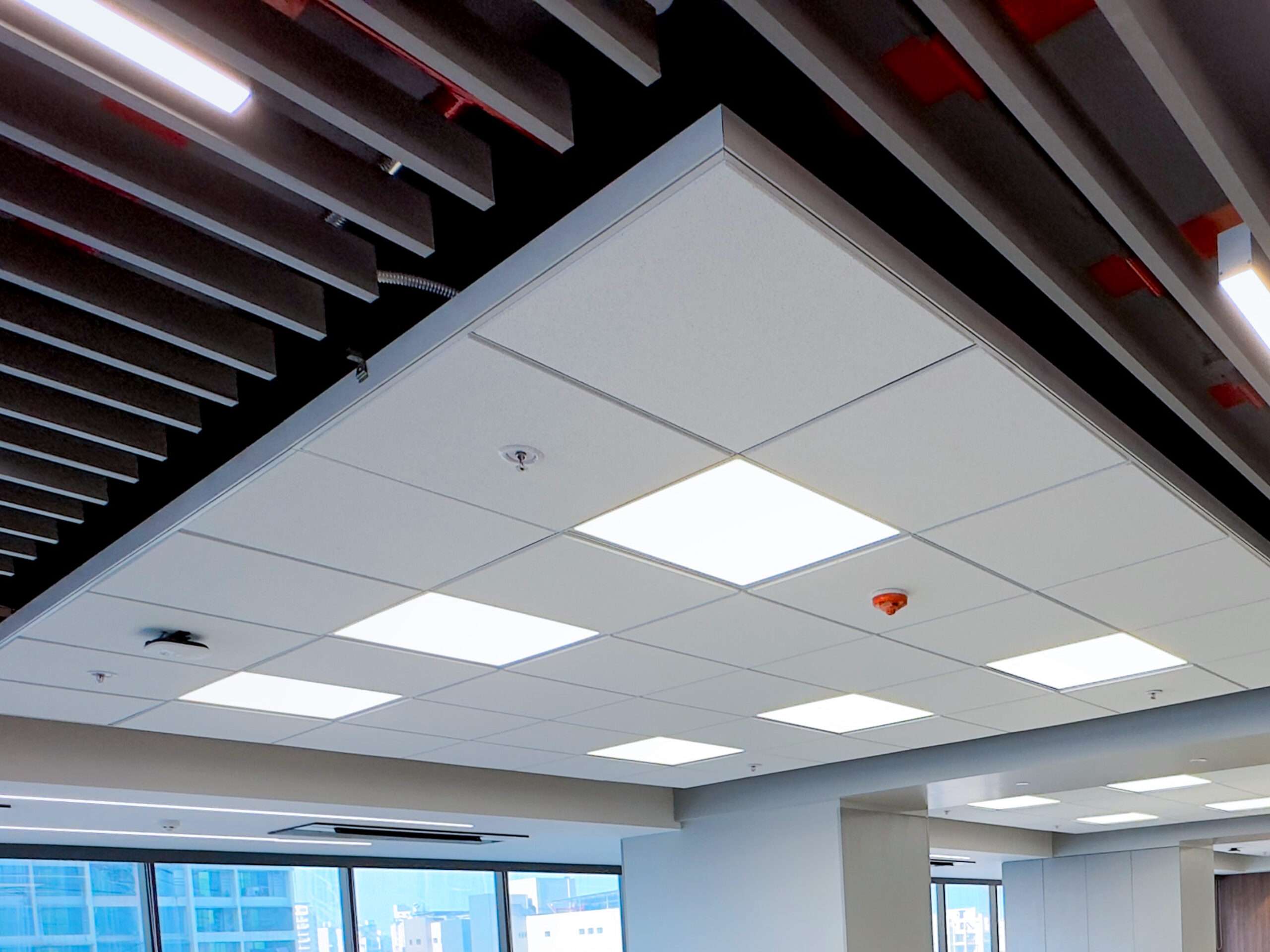
7. Door detailing

In cabin, conference, or meeting rooms, effective sound insulation hinges on meticulous door design. The critical detail lies in the door gap, which should be sealed using rubber gaskets. Employing hinged doors instead of floor springs is equally crucial. These elements collectively ensure optimal sound transfer control. The rubber gasket-filled gap acts as a barrier, preventing sound leakage, while hinged doors further aid in sealing the environment. This holistic approach actively curtails noise transmission, fostering confidential discussions and focused interactions. By prioritizing these door-related aspects, airtight and noise-resistant spaces are cultivated, underscoring the significance of meticulous design in maintaining acoustic integrity.
8. Dedicated Collaborative Zones
Designated zones for discussions or phone calls within office spaces are pivotal in curbing noise pollution. These purpose-built areas offer employees a quiet and controlled environment to engage in conversations without disrupting the overall workspace ambiance. Equipped with sound-absorbing elements, comfortable seating, and necessary communication tools, these zones effectively contain sound and minimize distractions. By providing specific spaces for such activities, offices prioritize acoustic comfort, ensuring that employees can communicate effectively without disturbing their colleagues. This thoughtful approach to spatial design fosters an atmosphere of focus, enhances productivity, and contributes to a harmonious work environment for all.
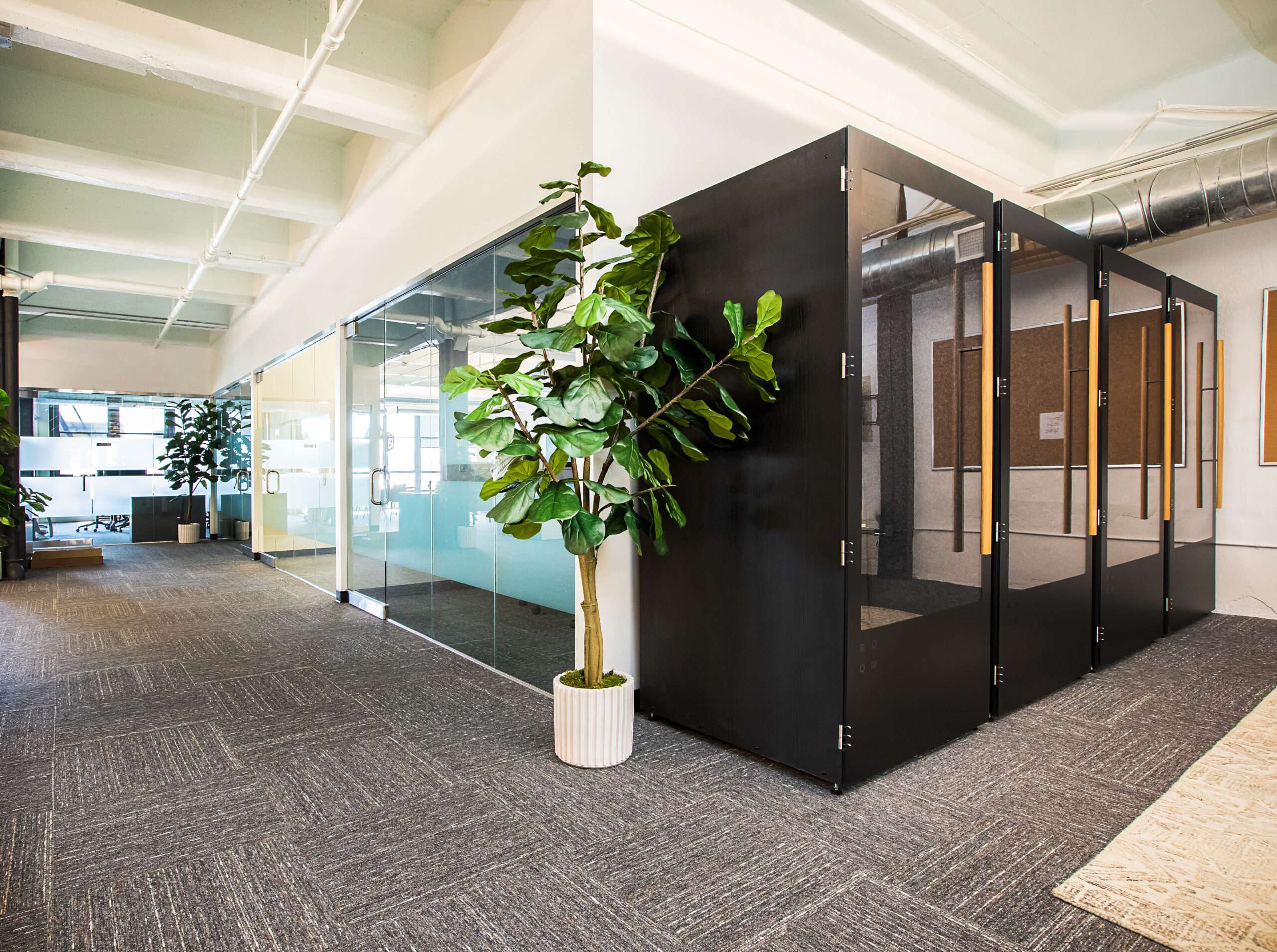
9. Introduction of indoor planters

The addition of indoor planters serves a dual purpose: enhancing interior aesthetics while combatting noise pollution. These planters not only elevate the visual appeal of indoor spaces but also play a significant role in noise reduction. The foliage of these plants effectively absorbs and diffuses sound waves, curbing echoes and diminishing noise levels. As a result, the environment becomes more serene and conducive to focused work. The integration of indoor planters represents a harmonious blend of design and functionality, creating a more tranquil workspace that contributes to improved noise levels in the office.
Conclusion
By implementing these strategies, noisy office settings can be transformed into productive havens. Through a fusion of innovative design and thoughtful solutions, one can create environments that nurture focus, collaboration, and employee well-being. This synergy results in spaces where productivity thrives amidst serenity, showcasing the transformative power of design in optimizing the workplace experience.
FAQs
Q1: Can design truly minimize noise pollution in open-plan offices?
Yes, through a combination of design strategies like spatial planning, acoustic materials, and sound masking systems, architects can effectively reduce noise in open-plan settings.
Q2: How can acoustic aesthetics be integrated into modern office designs?
One can incorporate acoustic panels, baffles, or decorative elements with sound-absorbing properties to seamlessly blend functionality and aesthetics.
Q3: What’s the role of furniture in noise reduction?
Furniture with noise-dampening properties can minimize sound generated by movements, creating a more peaceful environment.
Q4: How can we strike a balance between aesthetics and noise reduction?
One can collaborate with interior designers to choose materials and elements that serve both acoustic and aesthetic purposes.
Q5: What’s the future of noise reduction in office architecture?
As technology advances, one can integrate innovative solutions like IoT-controlled soundscapes to create dynamic and adaptable noise-reduction strategies.
Photos from: Unsplash.com & Pexels.com
